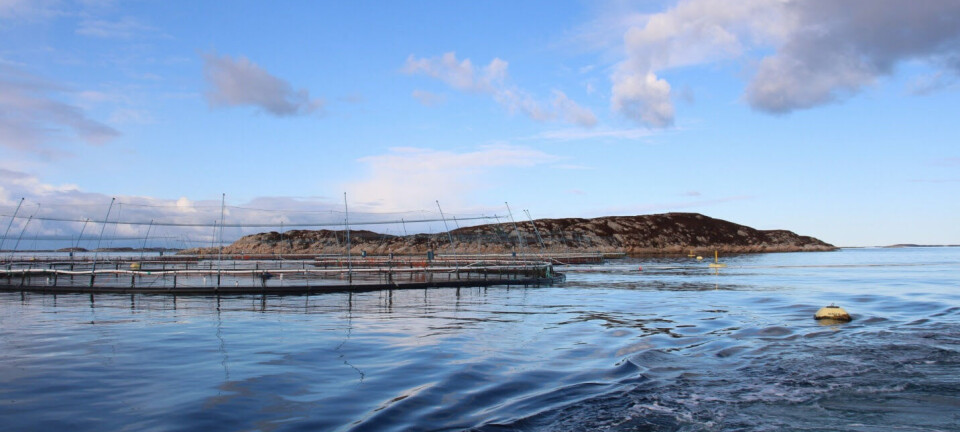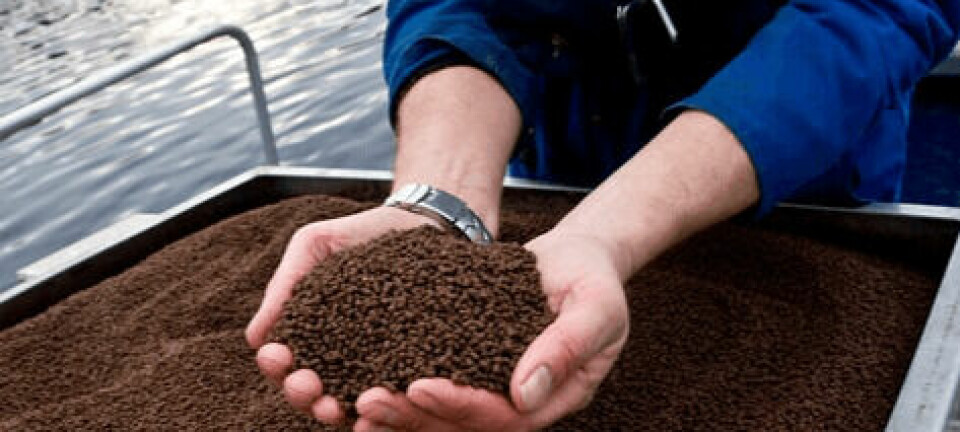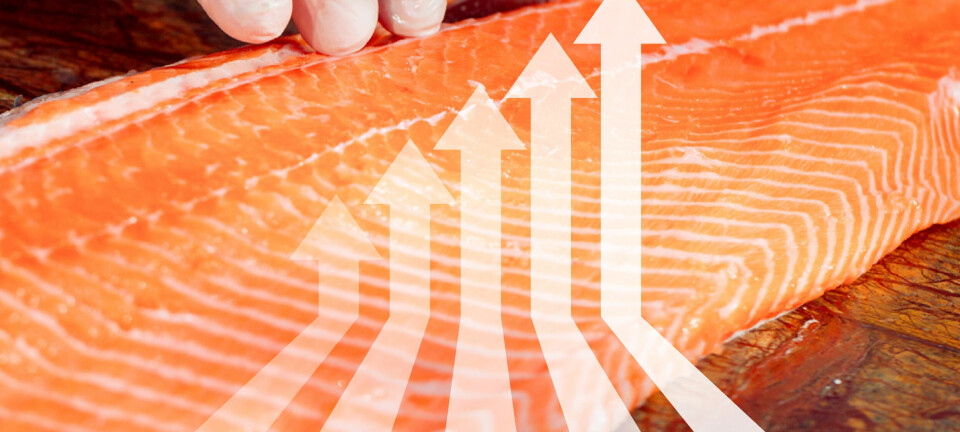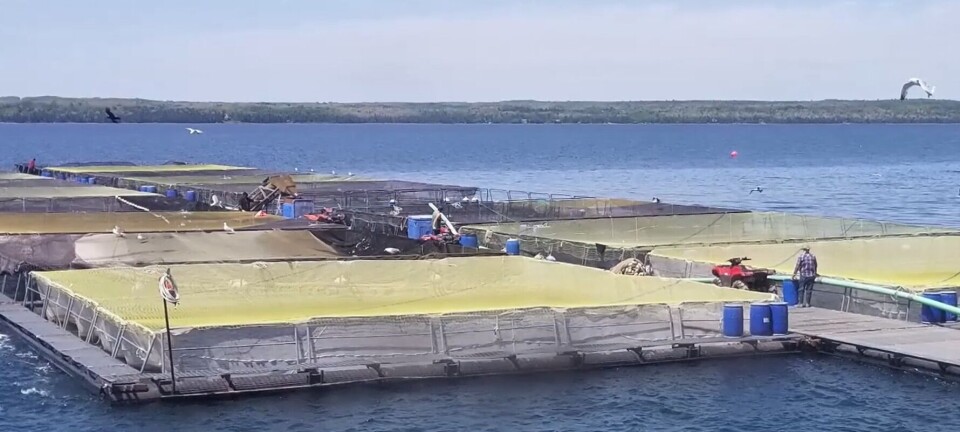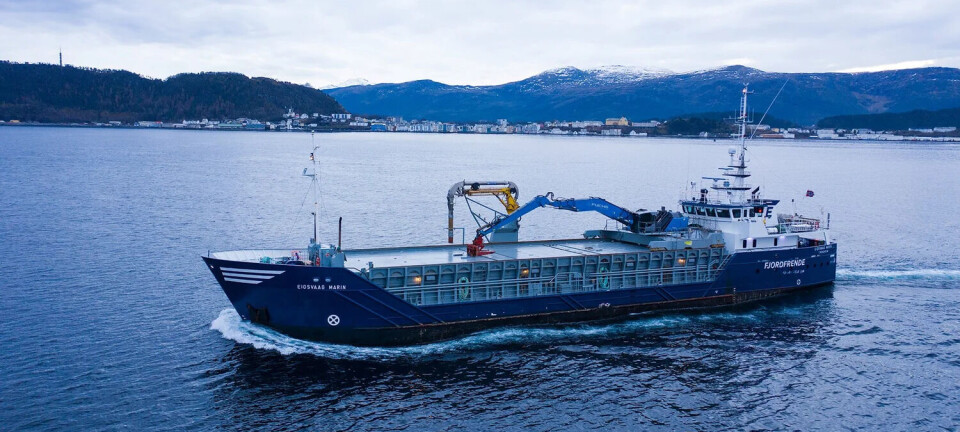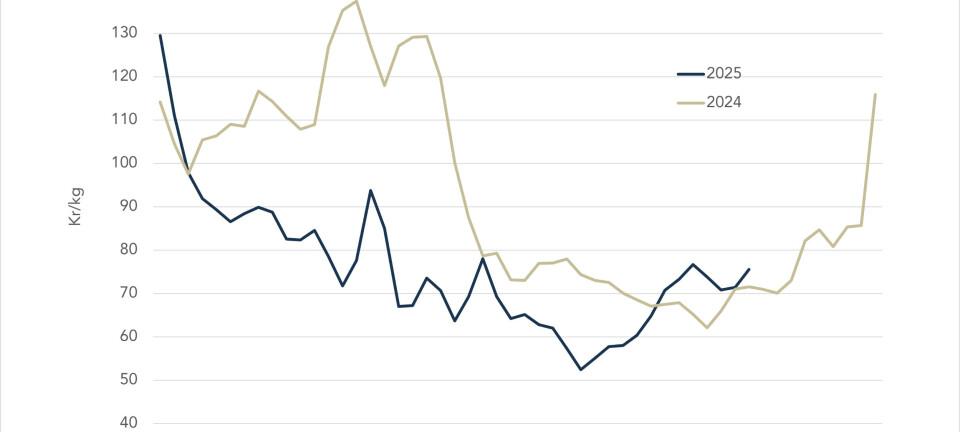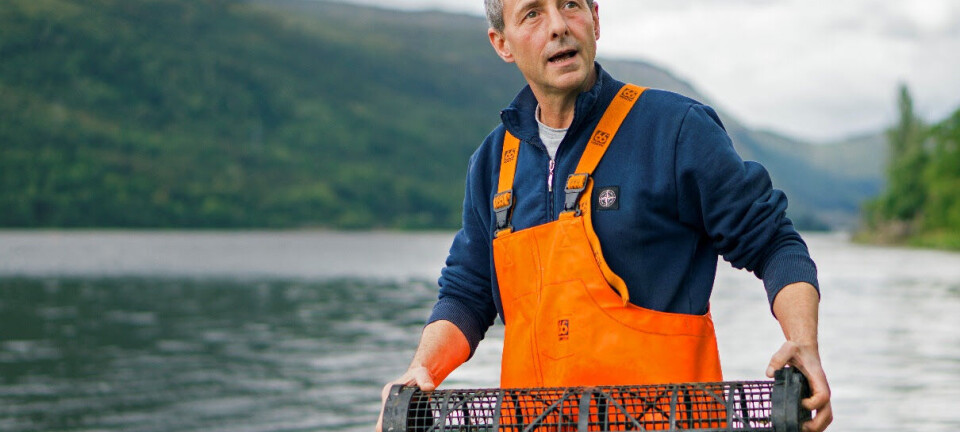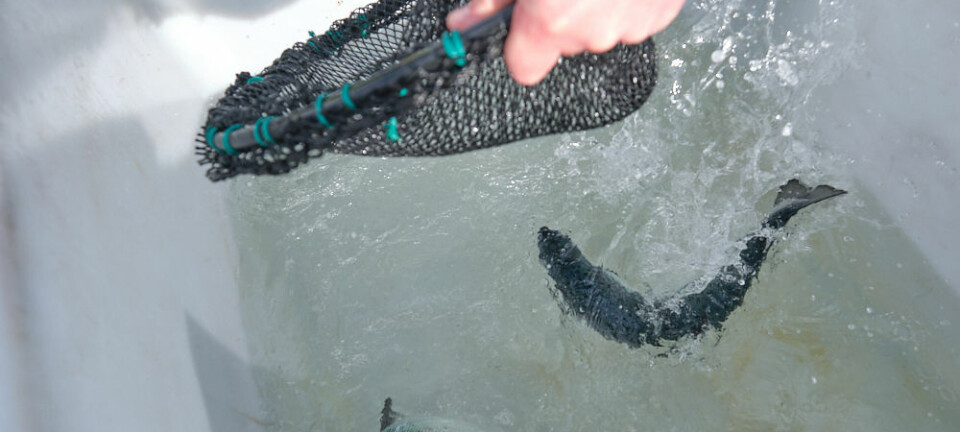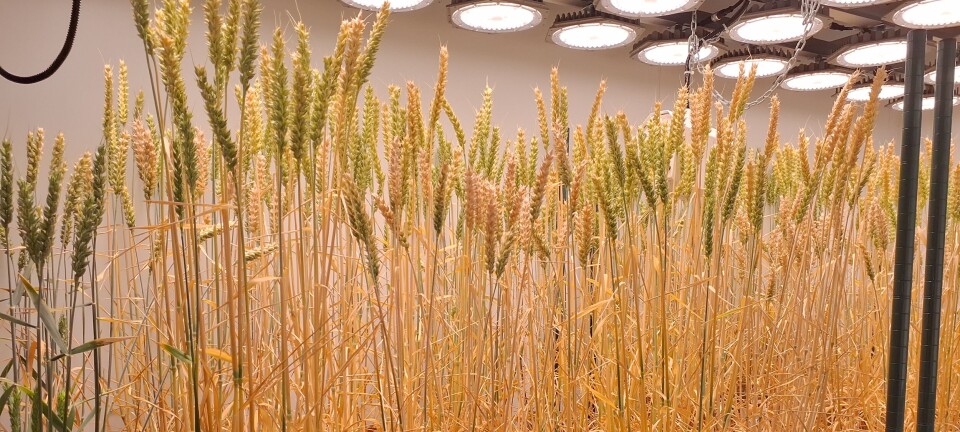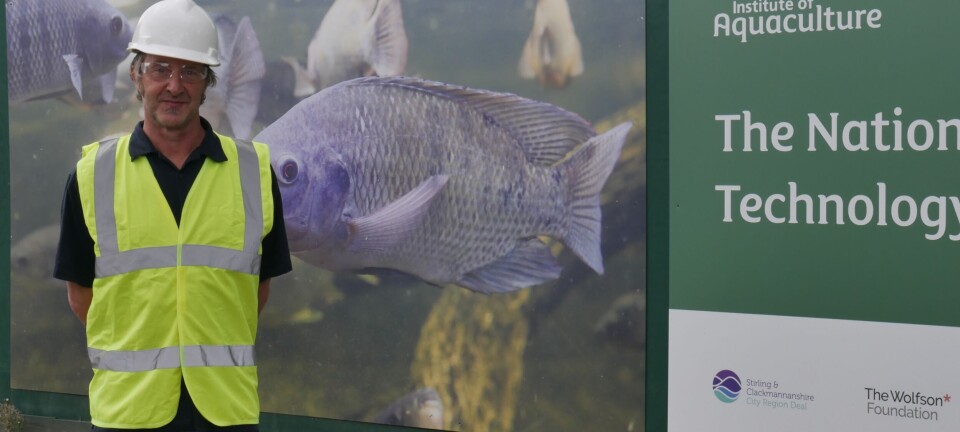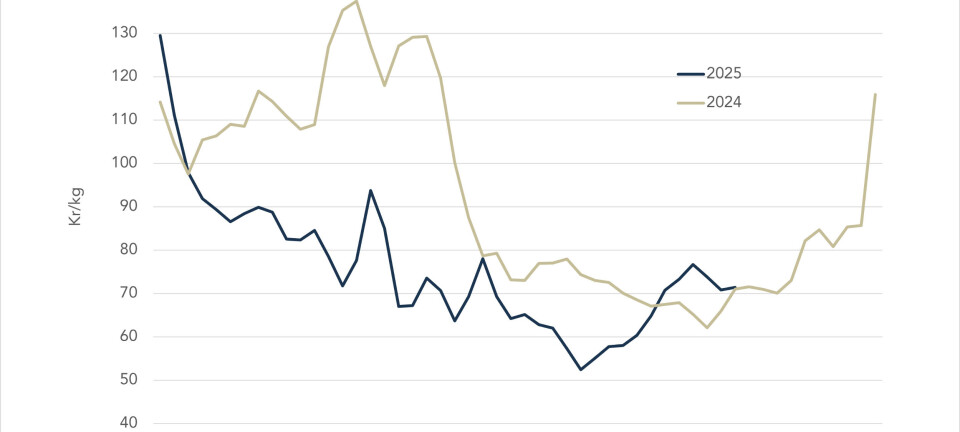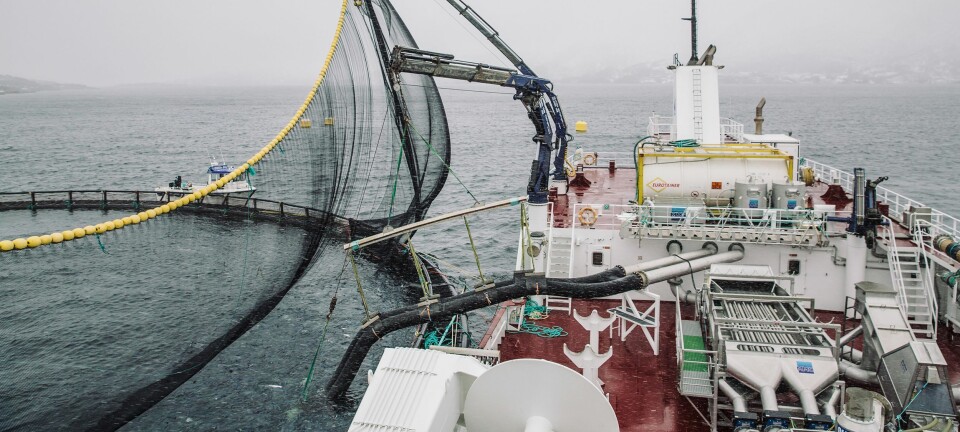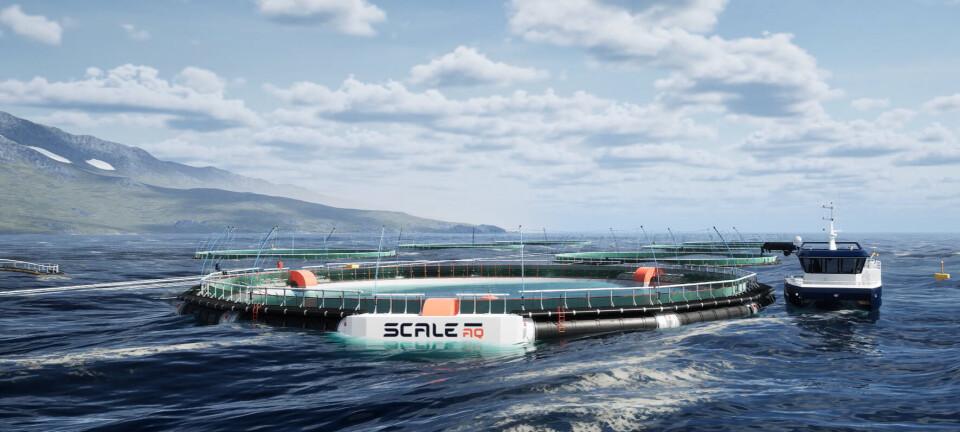
Precocious maturation of post-smolt males of Atlantic salmon is an undesirable characteristic in aquaculture and appears to occur due to the intensification of modern facilities.
As is known, maturation depends on internal and external factors (temperature, photoperiod, food availability, energy levels, body size, genetic background) that act on the brain-pituitary-gonadal axis to trigger it.
Proper smoltification is key in salmon farming to ensure the best possible adaptation and performance after seawater transfer, and is induced in fish farms, among others, by manipulating the photoperiod.
Winter signal
According to the authors of a newly published study, the size of fish at the time of the introduction of the winter signal through photoperiod likely influences smoltification or early maturation, as well as the interaction between the two processes.
To test this hypothesis, scientists at the University of Bergen, Norway, conducted research in which they divided 900 parr (41.3 ± 3.7 g) into four photoperiod and size treatments: (1) constant light (LL), a winter cue (5 weeks LD12:12) starting when (2) the fish weighed 70.0 ± 8.4 g (70WS), (3) 114 ± 9.9 g (110WS), and (4) 182.9 ± 35.7 g (180WS).
Fish from the different groups were measured for body weight and condition, gonadosomatic index, and the proportion of maturing males. Gill Na+ and K+ levels, ATPase activity, and blood parameters (chloride and sodium, cortisol, glucose, and cholesterol) were also measured to assess the progression of smoltification or maturation. In addition, gene expression levels of pituitary tshβb (a paralog of the thyroid-stimulating hormone thyrotropin) were analyzed to investigate its possible role in regulating either process.
Developmental response
In their results, the experts showed that the body size of male salmon was relevant to the developmental response to a winter signal, whether maturation or smoltification.
“An early winter signal (70WS and 110WS) induced clearer signs of smoltification (reduced condition factor, high energy mobilization, and poor response to seawater stress, among others) and no tendency toward early maturation. In contrast, a late or absent winter signal (180WS and LL) induced a strong response to seawater stress, poor morphological signs of smolt and energy mobilization, and a greater tendency toward early maturation,” the authors explained.
Furthermore, they noted that it was difficult to directly link pituitary transcription of tshβb to smoltification or maturation, “as this gene appeared to act primarily as a timekeeper, showing a large upregulation in response to increasing day length (independent of size), but no change under constant light.”
High risk
With these findings, the scientists suggested that an increase in day length when salmon are large enough to have developed or accumulated sufficient energy resources may pose a high risk that a proportion of them will prioritize sexual maturation over smoltification.
“Producers should take this into consideration when optimizing protocols for post-smolt production,” they concluded.
Read the full study titled “Body size of male Atlantic salmon ( Salmo salar L.) at introduction of a 5-week LD12:12 winter signal influences their decision to mature early or smoltify,” here.




